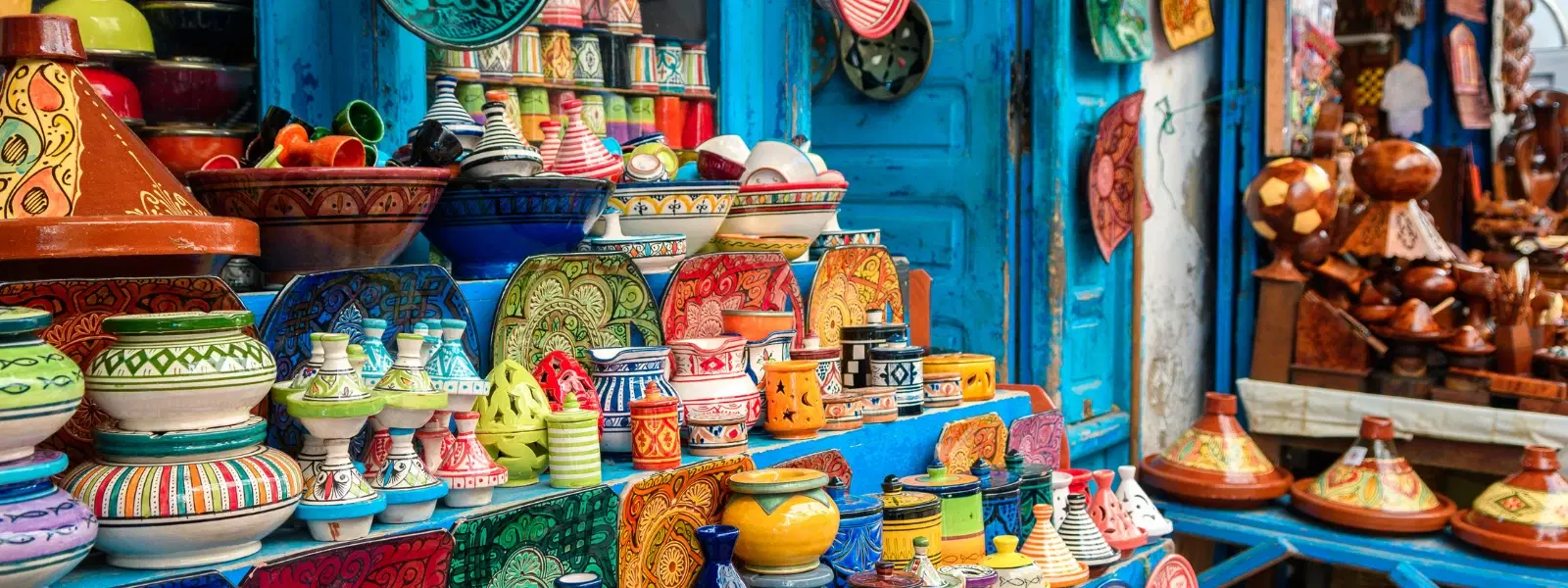
Hotels
•04 min read

Handmade wooden toys evoke a sense of nostalgia reminiscent of simpler times. Their intricate details, vibrant hand-painted hues, and tactile charm tell tales of tradition and heritage. Across India, quaint towns crowned with centuries-old toy-making legacies continue to celebrate this art, inviting travelers to immerse themselves in a unique cultural tapestry.
Wooden toys have endured through generations because they are eco-friendly, durable, and inherently artistic. They preserve cultural narratives and traditions, making them much more than mere playthings. Their simplicity and natural appeal foster a connection between past and present, ensuring that stories of local customs and craftsmanship are passed on from one generation to the next.
From Germany’s Erzgebirge, renowned for its intricately carved nutcrackers and figurines, to the delicate Kokeshi dolls crafted by Japanese artisans, wooden toy-making has a global pedigree. These regions have significantly influenced toy-making traditions worldwide, with their techniques and aesthetic sensibilities shaping practices in other parts of the world. Their contributions serve as an inspiration for many traditional toy-making towns across the globe.
Channapatna, nestled in Karnataka, is celebrated as the Toy Town of India. Known for its lacquered wooden toys, this town has mastered the art of transforming simple wood into vibrant, playful masterpieces. The craft techniques here have been handed down through generations, each artisan contributing to a rich tapestry of skill and creativity. The town proudly upholds its GI tag, and various government initiatives support the legacy of these wooden toy artisans, ensuring that traditional methods remain vibrant in a modern world.
Beyond Channapatna, other Indian towns are equally treasured for their contributions to the world of handmade wooden toys. Varanasi, with its unique wooden animal figurines, and Kondapalli in Andhra Pradesh, known for its Kondapalli dolls, illustrate the diversity and depth of India’s toy-making heritage. These towns, often referred to as toy-making heritage towns, offer insights into regional variations in style and technique, making them an essential part of India’s cultural mosaic.

The craftsmanship behind wooden toys is a fascinating blend of traditional artistry and sustainable practices. Artisans use age-old methods like carving, painting, and lacquering to create toys that are not only visually appealing but also built to last. Locally sourced wood and natural dyes are fundamental components in their creative process, ensuring that each piece exudes authenticity and respect for nature. This commitment to eco-friendly practices emphasizes that sustainability and beauty can go hand in hand.
Despite their rich heritage, wooden toy artisans face significant challenges. The influx of mass-produced plastic toys has created stiff competition, making it hard for traditional crafts to thrive. Additionally, many artisans struggle with limited market access and a resistance to change that can stifle innovation. However, modernizing designs while preserving centuries-old techniques promises to increase appeal in both domestic and international markets, potentially opening new pathways for these creative communities.
For visitors seeking a hands-on experience, toy-making workshops in towns like Channapatna provide a rare glimpse into authentic artisanal processes. These workshops allow travelers to observe first-hand the skills involved in carving, painting, and finishing each toy. As part of the growing trend of craft tourism, these interactive sessions not only enrich visitors with cultural insight but also help sustain the economic viability of traditional toy-making practices.
Throughout India, several craft villages operate as community hubs where the legacy of wooden toy craftsmanship is kept alive. In these villages, the craft is a collective endeavor, with practices steeped in tradition passed seamlessly from elder to youth. The community spirit and collective effort imbue each toy with an essence of cultural pride, attracting curious tourists who wish to dive deep into the world of traditional toy-making towns and craft villages for toys.
Wooden toys are more than just objects of play; they are cultural symbols deeply woven into the fabric of regional identity. In many communities, these toys take center stage during festivals, embodying the spirit of celebration and tradition. They are also integral in storytelling, vividly bringing to life local folklore and customs. Their enduring nature underscores a commitment to preserving a heritage that is both tactile and timeless.

In recent years, there has been a notable resurgence in the popularity of artisan wooden toys. As global consumers seek out eco-friendly alternatives, these toys are being recognized both in domestic markets and abroad as collectible items that blend functionality with historical allure. The renewed interest in these treasures highlights the perfect intersection of sustainable design and cultural legacy.
Did you know? Wooden toys are not just playthings—they are cultural artifacts that tell the story of a region’s heritage, craftsmanship, and values. In towns like Channapatna, every toy carries the legacy of centuries-old artistry.
Channapatna, located in Karnataka, India, is famously known as the "Toy Town" for its lacquered wooden toys.
Channapatna is often referred to as the "land of toys" due to its rich history and craftsmanship in wooden toy-making.
Wooden toys are made in several towns across India, including Channapatna in Karnataka, Kondapalli in Andhra Pradesh, and Varanasi in Uttar Pradesh.
The journey through towns famous for wooden toys reveals a vibrant tapestry of history, cultural significance, and enduring craftsmanship. By exploring the heritage of places like Channapatna, Varanasi, and Kondapalli, one gains insight into the sustainable practices and rich traditions that continue to thrive in modern markets. These regions are not only custodians of age-old artisanal skills but are also beacons of cultural legacy. Embrace the charm of these traditional toy-making towns and allow yourself to be enchanted by the timeless artistry that defines India’s wooden toy heritage.